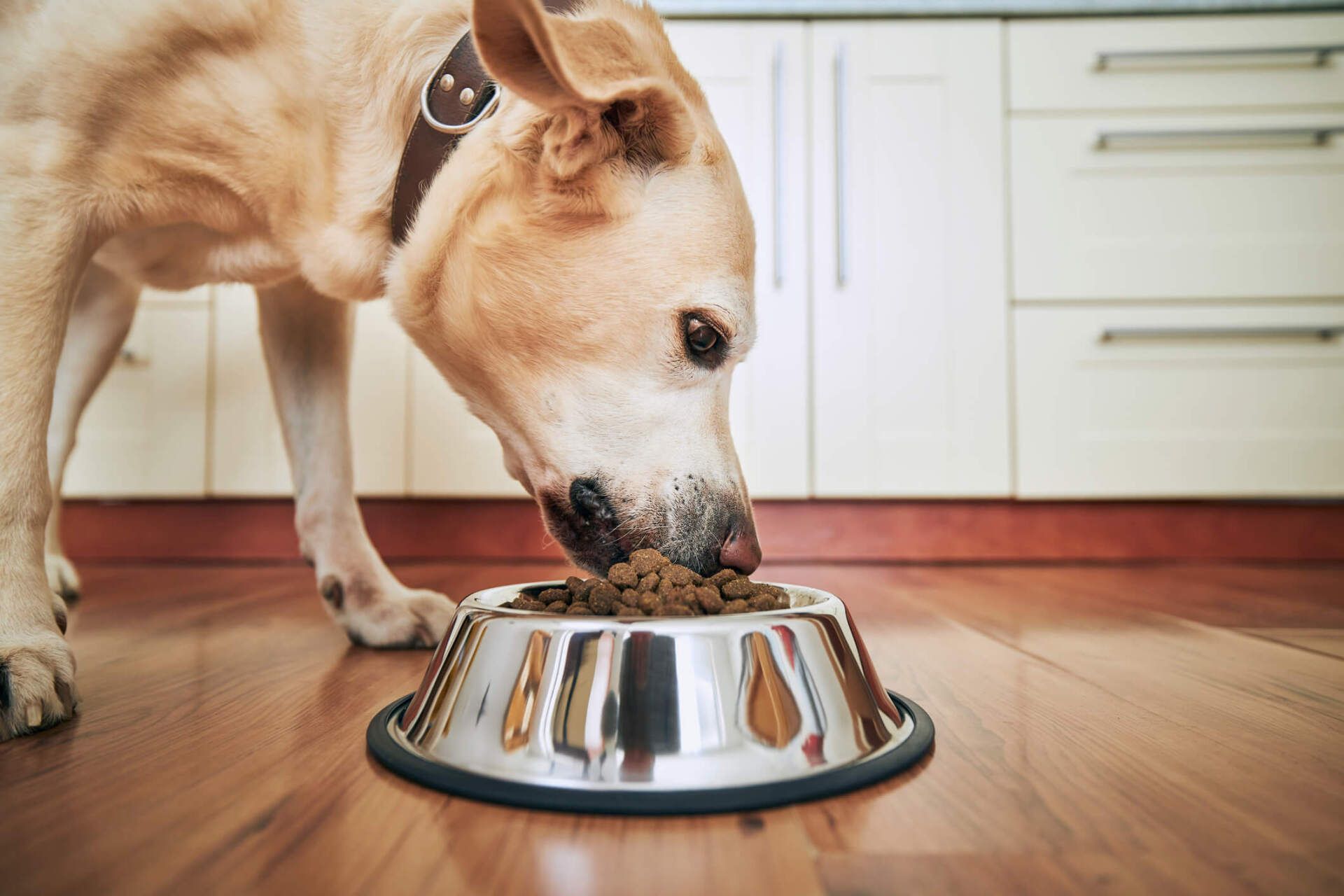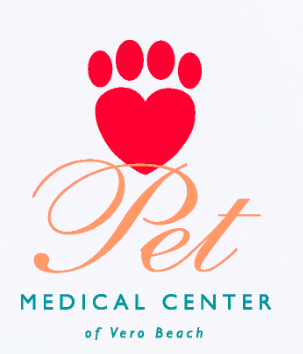4 Signs of Food Allergies in Dogs
5 January 2021

While we wish we could pamper and give our dogs whatever we want, maintaining a diet is important for their health and well-being. Not only do you want to prevent a dog from being overweight, but you should be aware of any food allergies in your pet.
Learn about common signs of food allergies in dogs and what to look for when your dog is having an allergic reaction. Use the knowledge to learn about emergencies that occur with food allergies and when to contact a vet for help.
1. Scratching and Licking
Because of a lack of proper communication, the most common way to know if your dog has food allergies is to look for signs, and one of the more common signs is an increase in scratching and licking. You may notice your dog scratching near the stomach area more. The scratching could be an attempt to relieve internal pain rather than skin pain.
You may also notice your dog constantly licking their paws or their backside. Your dog may do this from time to time anyway, so you should be aware if there has been a major increase. Consider recent changes in their diets or foods the dog ate that were different than a normal routine.
2. Watery Eyes
Another area to focus on are a dog's eyes. When food allergies occur, you may notice a dog's eyes become more watery. You can see water pool up underneath their eyes. You may notice dry and crusted tear marks near the corners of the eyes as well.
Use a warm wash cloth to gently wipe away the dried tear areas. If the tearing persists, you do not want the allergies impacting their everyday vision. A vet appointment will help diagnose the issue, and a vet may prescribe medication to help reduce the effects of the watery eyes.
3. Bowel Issues
If you suspect your dog has a food allergy, you should keep track of their bowel movements. Some of the more extreme signs of problems include diarrhea and vomiting. Keep track of your dog's signs for a week. Limit extra foods like table scraps. If problems persist or worsen, they may suffer from food allergies and need treatment.
Unfortunately, food allergies do not just pop-up instantly, unless vomiting occurs. Even then, the vomiting may be a result of food intolerance. Food intolerance showcases the same types of problems as food allergies, but does not directly involve the immune system. This typically includes issues like food poisoning.
A food allergy is a dog's natural reactions to unwanted ingredients. It may take a few days to spot these signs. From there, you can eliminate certain parts of a diet to determine what exactly is causing the issue in your pet.
4. Breathing Issues
Checking up on any signs of your dog's distress is important, but there are key moments when you should visit a vet. If you dog has trouble breathing, then you should book an emergency appointment. A vet can perform tests, administer fluids to your dog, and give the animal medicine to help reduce pain.
Breathing signs may include heavy breathing, wheezing, or rapid short breaths. Breathing issues may also include an increase is sneezing from your dog. While you may assume sneezing issues stem from the air, food allergies can often be one of the main causes. A vet can help rule out certain factors to determine if food allergies are the ultimate cause.
Let us help you dog heal from food allergies with our expert care at the Pet Medical Center of Vero Beach
. We will help treat your dog for all kinds of problems, including food allergies.
If left untreated, roundworms and hookworms can cause serious health problems for your pet. Read about the signs in this blog and how to take action.
Many pet owners overlook the importance of dental health in their pets. Read this blog to learn why dental health is so important for your animal companion.
Your beloved pets, whether our loyal canines or our independent felines, play an integral role in your life. Read on to learn how to manage their stress.
Dogs can suffer from a plethora of digestive issues. But how can you tell if your pup has any digestive issues? Discover some key signs to look out for.
A tick’s bite can spread deadly diseases to you and your pet. Learn about a few tick-borne conditions your pet may contract if they spend time outside.
Has your animal's hair changed? Discover what this might mean and if your best friend might need treatment for their potential problem.
Prepare your puppy for its first vet visit to avoid challenges during a medical examination. This post highlights five ways to help your puppy.
If your dog is pregnant, you might feel unprepared. Read this blog to learn everything you should know about canine pregnancy, labor, and delivery.
A surgery is an invasive procedure that requires preparation to ease your cat and ensure a smooth recovery. Discover tips to prepare your cat for surgery.
Just like humans, pets can face various health issues. Learn about the most common conditions that pets face and how to avoid and treat them.





